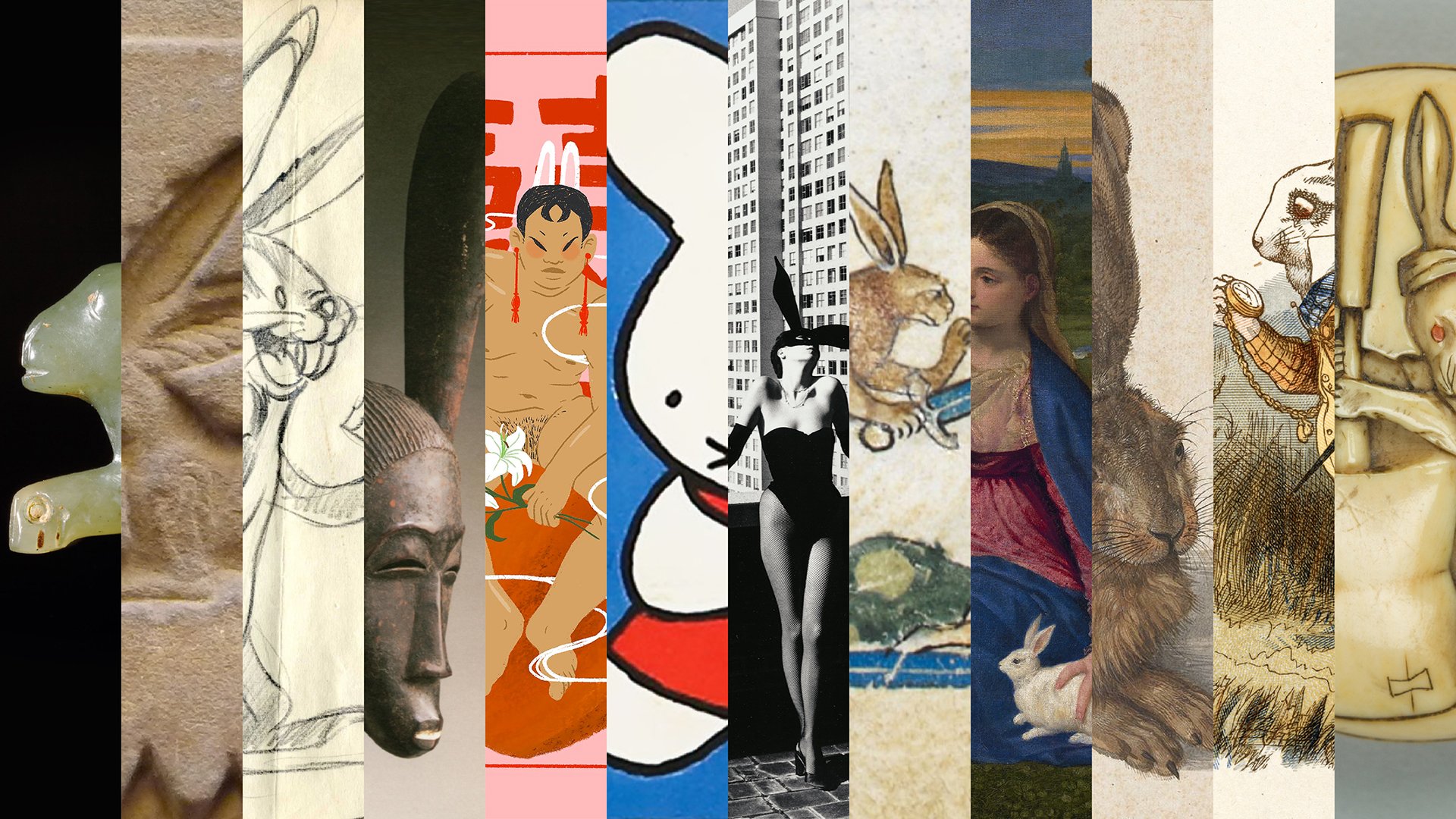About Golden Master Gustav Klimt

The Austrian artist revolutionized the use of gold to create his sensual and iconoclastic paintings.
Cover photo: Portrait of Adele Bloch-Bauer I, oil, silver, and gold on canvas, by Gustav Klimt (1907). Via Wikimedia (cropped).
Today is the birthday of the late Austrian artist Gustav Klimt. He is recognized for his ornamental art nouveau style. He was born in Vienna, in 1862, as the son of a gold engraver. Klimt went on to study at the Vienna School of Arts and Crafts on a full scholarship; he specialized in painting, specifically murals.
Alongside artists including Josef Hoffmann and Koloman Moser, Klimt was one of the founding members of the Vienna Secession, formed in 1897, which sought to break away from traditional painting while embracing arts and crafts movements.
Klimt was nominated to be the Secession’s first president and he also designed the poster for their first group exhibition. The Secessionists began their own monthly magazine — Ver Sacrum (Sacred Spring) — and even commissioned an exhibition hall, where Klimt would paint his Beethoven Frieze, inspired by the titular German composer and pianist.
Famous for his sensuous depictions of women, Klimt’s art was accused of verging on the pornographic. In the vein of fellow Austrian, the psychoanalyst Sigmund Freud, Klimt argued, “All art is erotic.”
According to a compilation by friend and critic Hermann Bahr, one person complained of the Beethoven Frieze, “These paintings might prove quite serviceable for some subterranean cavern where heathen orgies are held, but not for exhibition rooms into which the artists have the gall to invite respectable women and young girls.”
Indeed, Klimt’s depictions were likely influenced by his own sexual encounters. While he never married, Klimt is believed to have fathered as many as fourteen children. He once explained, “I am less interested in myself as a subject for painting than I am in other people, above all women.”
Klimt began to include gold leaf in his work after a trip to Ravenna, Italy, in 1903, where he was inspired by the Byzantine mosaics of Basilica di San Vitale.
He is best known for his iconoclastic masterpiece The Kiss which resides in the Belvedere Palace, Austria’s most cherished museum. Both The Kiss and Portrait of Adele Bloch-Bauer I were created at the height of this Golden Phase. Klimt also utilized silver and platinum. By embellishing his creations in these lavish materials, Klimt endowed his subjects with a divine quality. The experience of a kiss is elevated from a mundane pleasure to a spiritual experience.
While — in comparison to his golden paintings — Klimt’s landscapes have garnered less critical and public attention, such images provide a crucial glimpse into his process. As opposed to his commissioned portraits, Klimt painted nature scenes for his own sake, allowing him the freedom to experiment. For example, his 1908 work Farm Garden with Sunflowers reveals his interest in representing reality through a flattened decorative style, divorced from depth.
Klimt became the mentor to another prominent Austrian artist, Egon Schiele. Tragically, both he and his younger protégé died in 1918 (Klimt of pneumonia, Schiele of the Spanish flu). Despite his small output of approximately 230 works, Klimt left a lasting impact on Austrian visual culture. When Klimt’s Portrait of Adele Bloch-Bauer I (the wife of sugar magnate Ferdinand Bloch-Bauer) was purchased for $135 million in 2006, it was the most expensive painting ever sold.














